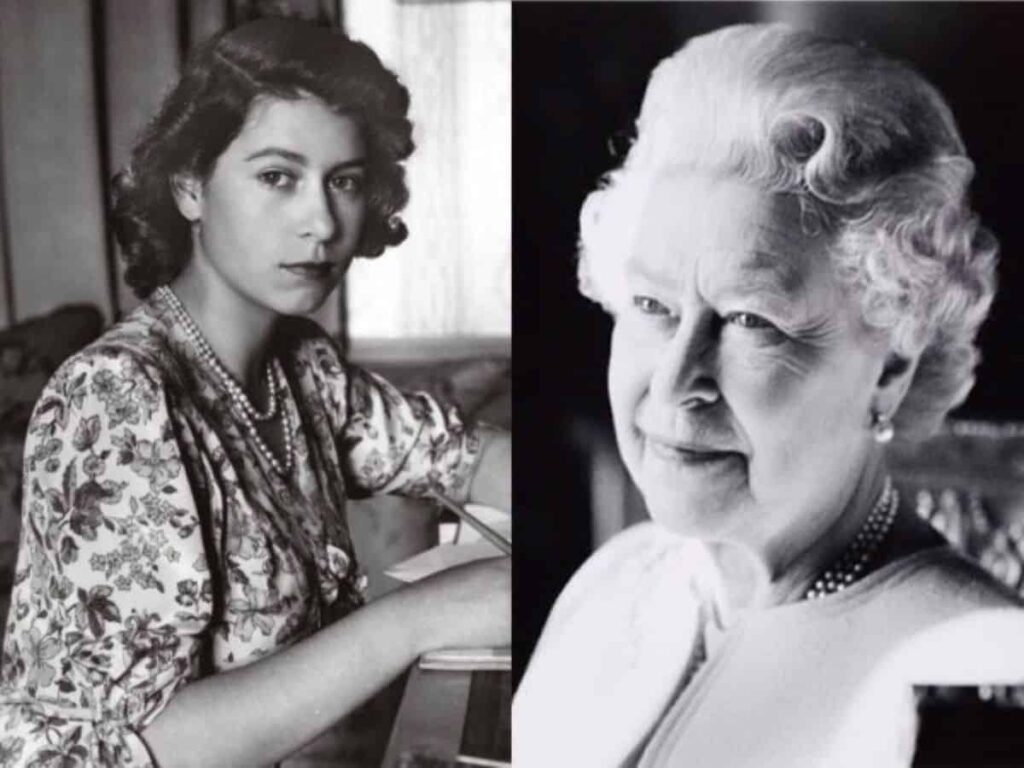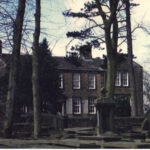Blog Post
Queen Elizabeth II and the brevity of history
By Jonathon Van Maren
“What is the use trying to describe the flowing of a river at any one moment, and then at the next moment, and then at the next, and the next, and the next? You wear out. You say ‘There is a great river and it flows through this land, and we have named it History.’”—Ursula K. Le Guin
***
On my short list of historical figures I’ve wanted to meet or see at some occasion, the Queen was highest on my list. Like millions of other tourists, I’ve been to Windsor Castle and walked the grounds and gawped at the Coronation Chair in Westminster Abbey, but the closest I’ve gotten was watching the Changing of the Guard at Buckingham Place when the Queen was in residence (the Royal Standard flies when she is present). I saw Charles and Camilla in Ottawa and William and Kate in Calgary, but alas, she didn’t make it to Vancouver during her Royal Tour in 2010. The Queen once said she had to be seen to be believed, and 31% of Brits reported seeing or meeting her during her long reign.
I’ve already noted, in my obituary for the Queen and my column on the magnificent funeral (which Paul Kingsnorth was kind enough to post in his own eulogy for Christian England), that we witnessed the passing of an era. What we watched—and by we, I mean an estimated 4.1 billion people, more than 60% of the world’s population—was the most-watched broadcast of the Christian message, conveyed in the solemn tones of the King James Version, in human history. This was obviously the Queen’s intent, as she helped to plan the service. I’ve noted that many felt an unexpected pang at the Queen’s passing—not simply for who she was, but what she represented.
I’d like to make a few other brief observations. Many of the retrospectives on the Queen’s reign focused on how much history her lifespan encompassed, and how history does not, in fact, fit into neat eras. Ed West, who runs the brilliant Substack “The Wrong Side of History,” gave a few examples to make the point. Queen Mary, Elizabeth Regina’s grandmother, knew seven monarchs, from Victoria to Charles III. Churchill, the Queen’s first prime minister, participated in a cavalry charge in Sudan in 1898 (the year that the last veteran of the Battle of Waterloo died). Some veterans of the American Revolutionary war survived long enough to get photographed; the last American Civil War widow died in 2020; and Samuel Seymour, the last witness to Lincoln’s assassination, died in 1956.
In 1996, American Heritage published a short article by an air force colonel who, as a small boy, shook hands with a Civil War veteran who had himself met a Revolutionary War vet when he was young. “Now,” the veteran told him, “You’re only two handshakes from the Revolution.” I thought of this recently when I was traveling with an older journalist in Ukraine. He told me about meeting veterans of the Spanish War, and I told him I’d interviewed Douglas Gresham, the stepson of C.S. Lewis, whose father had fought in the Spanish Civil War. “No, no,” he said. “Not the Spanish Civil War. The Spanish-American War of 1898.”
He also recounted his friendship with a White Russian captain who’d fled to California after the 1922 Civil War against the Bolsheviks. The captain had fought in the Great War and awoke after being blown off his horse at the Battle of Tannenberg to find Tsar Nicholas II pinning a medal to his chest. (Three handshakes from the Tsar!) The same fellow recounted seeing Leon Trotsky, who took an ice pick to the head in Mexico in 1940. Stretching further back still, I once interviewed George Walker, the first African American to win the Pulitzer Prize for Music. Walker told me stories he’d heard from his grandmother—who was a slave on a Southern plantation. I’ve also interviewed several elderly men who knew Laura Ingalls Wilder, who participated in the settling of the American frontier. I felt, as I spoke to them, that I was brushing up against the edge of history.
All of that to say that history is shorter than we think it is, and that the concept of “eras” is a messy one. But the Queen’s death does feel like the end of an era—maybe multiple eras. I watched the processional from Westminster Abbey to the Wellington Arch, and with the crowds and the pageantry it was as if Great Britain was drawing herself up to her full height, one last time. She looked like an empire, even though that empire vanished during Elizabeth Regina’s reign. The Great Funeral Procession, with the cavalry and the guardsmen and the Royal Canadian Mounted Police and the enormous Union Jacks—it was, as historian Tom Holland so succinctly put it: “The last time I can imagine a show like this being put on and it not seeming utterly ridiculous.” That is true because, as many others have observed, the Queen embodied an era that is dead gone—but as long as she was with us, it was not quite over yet.
The flags here in Canada are now being hoisted to the top of flagpoles (although I saw some still at half-mast this week). The Queen’s mortal remains have been placed next to those of her husband. An epoch was buried with her.








